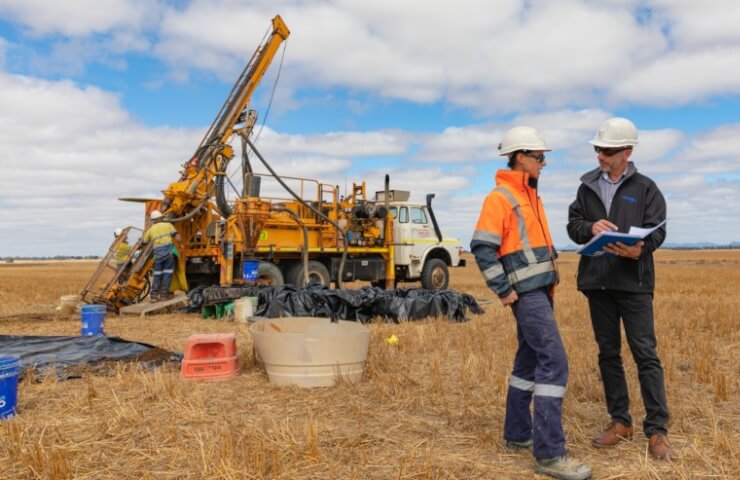Australia's non-oil exploration spending hit a record A$1.08 billion ($739 million) in July-September as companies continued to seek iron ore, base metals, battery minerals and coal despite flooding in the east coastline and ever-increasing spending.
Total Australian non-oil spending in July-September was A$1.08 billion compared to A$1.06 billion in April-June and A$997.6 million Australian dollars in July-September 2021, according to the latest report from the Australian Bureau of Statistics (ABS). Exploration spending rose to A$3bn in January-September from A$2.64bn a year earlier and from A$1.02bn in the first nine months of 2016.
Exploring what ABS calls "other fields", rose to a record AU$140.7m in July-September from AU$103m in April-June and from AU$83m in July-September 2021. This category includes spending on exploration for lithium and other deposits, including battery metal deposits, which have increased markedly over the past five years as part of the drive to increase electrification to reduce emissions.
Exploration spending on non-ferrous metals has also reached A record A$267m in July-September compared to A$241.2m in April-June and A$236.8m in July-September 2021, driven by higher spending on copper, nickel, cobalt deposits and zinc. Non-ferrous metal exploration spending is on an upward trend, doubling its level two years ago and more than four times its 2016 level.
Iron ore exploration down to A$200.1m from a nine-year high of 201 million Australian dollars in April-June, but increased from 174.5 million Australian dollars in July-September last year. Iron ore prices fell during July-September, but companies are increasingly looking for types of ore that can be used to produce sustainable steel, and large mining companies are still making significant profits that are used for exploration to support production.
Companies spent AUD64.1m on coal exploration in July-September compared to AUD61.7m in April-June, but down from AUD66.5m in July-September 2021. Wales. Coal miners are also struggling to manage short-term gains from record coal prices and an uncertain medium-to-long-term outlook as the world moves towards decarbonization.Australian dollar fell from $0.69 on July 1 to $0.63 September 30, which led to an increase in the cost of imported exploration goods such as diesel fuel and explosives. Exploration costs are also on the rise to a greater extent across Australia as a shortage of skilled workers drives up wages and the sector faces economy-wide inflation, which is more felt in the outlying areas where it primarily operates.




